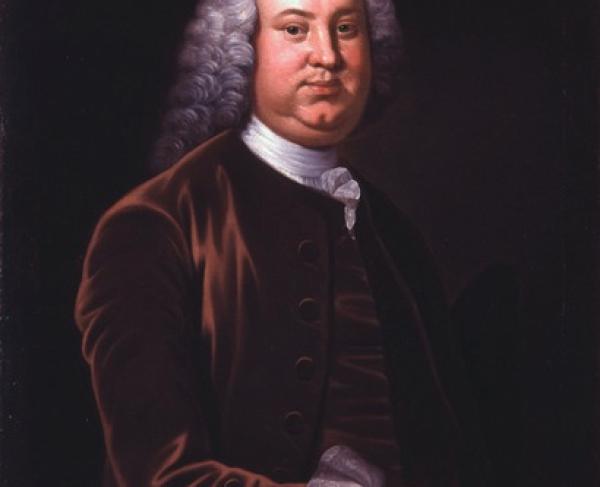Peyton Randolph

Peyton Randolph was born in Williamsburg, Virginia, on September 5, 1721. Raised into a wealthy family, Randolph attended the College of William and Mary. After receiving his bachelor's in arts, he received his law degree at Middle Temple in London and officially joined the bar in 1743. After returning home from England, Randolph served as attorney general for Virginia. Due to his father, grandfather, and great-grandfather's service as speaker of the Virginia House of Burgesses, he was quickly elected as a representative. Randolph served in both positions but often ran into conflicts of interest; in 1766, he was elected as speaker of the house, officially ending his tenure as Virginia’s attorney general.
While in office, Randolph often became involved in conflicts surrounding Virginia’s Lieutenant Governor, Robert Dinwiddie. In 1753, Dinwiddie began to enforce a new policy that changed the currency to a Spanish pistole. The House of Burgess and fellow Virginians were outraged by Dinwiddie’s proclamation and sent Randolph to London to convince parliament to repeal the law. While in London, Randolph met with the king to discuss the Pistole Affair but failed. Upon hearing the king’s decision in Virginia, the House addressed the legitimacy and fairness of the lack of congressional representation. The affair led to early discussions of taxation without representation, which would later lead to the American Revolution.
A few years later, England and France utilized the colonies as a battlefield in the French and Indian War. Randolph served briefly and commanded a troop of Virginia militiamen called the “Associators.” After the war, Randolph continued his service as house speaker until Royal Governor Lord Dunmore dissolved the house in 1774 to support Massachusetts during the Intolerable Acts.
The following year, in 1775, Randolph took a new position as head of the Virginia Convention. The convention would discuss a plan for Virginia to work towards resisting British taxes. Randolph was made president of the Second Virginia Convention that took place in St. John’s Church in Richmond. During the meeting, the representatives discussed the future of independence. During the convention, Patrick Henry famously stated, “Give me liberty or give me death,” spurring the support for independence.
The same year, Randolph was elected president of the first Continental Congress. He served for a few months until Lord Dunmore reestablished the House of Burgesses in Williamsburg. Forced to decide, Randolph continued to serve as president of the Continental Congress while giving the title of the speaker to his younger cousin Thomas Jefferson. In July of 1775, Randolph retired due to failing health and was replaced by John Hancock. On October 22, 1775, Peyton Randolph died of a stroke while visiting Philadelphia, and was given a full funeral by congress and is buried at the College of William and Mary.

